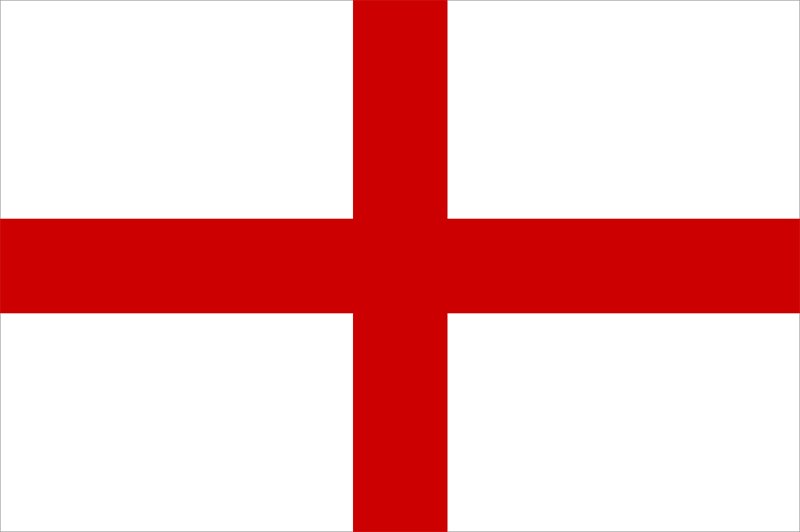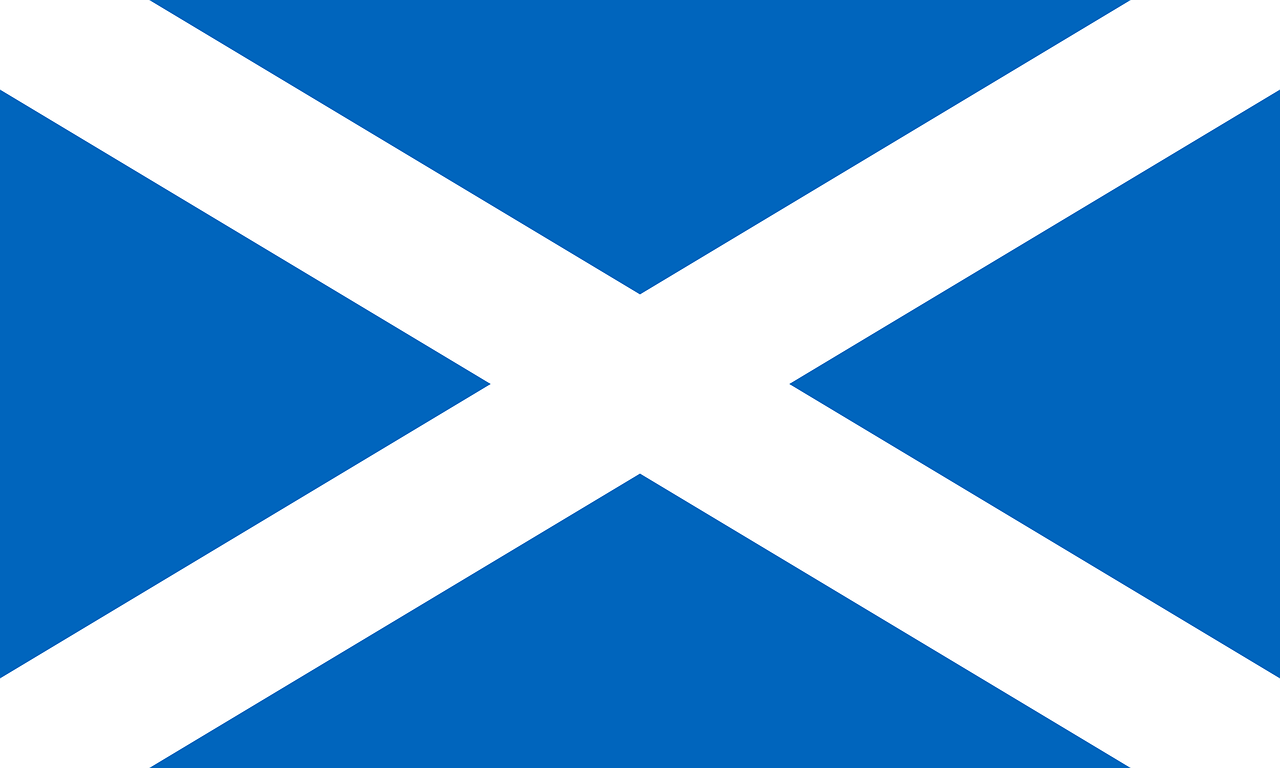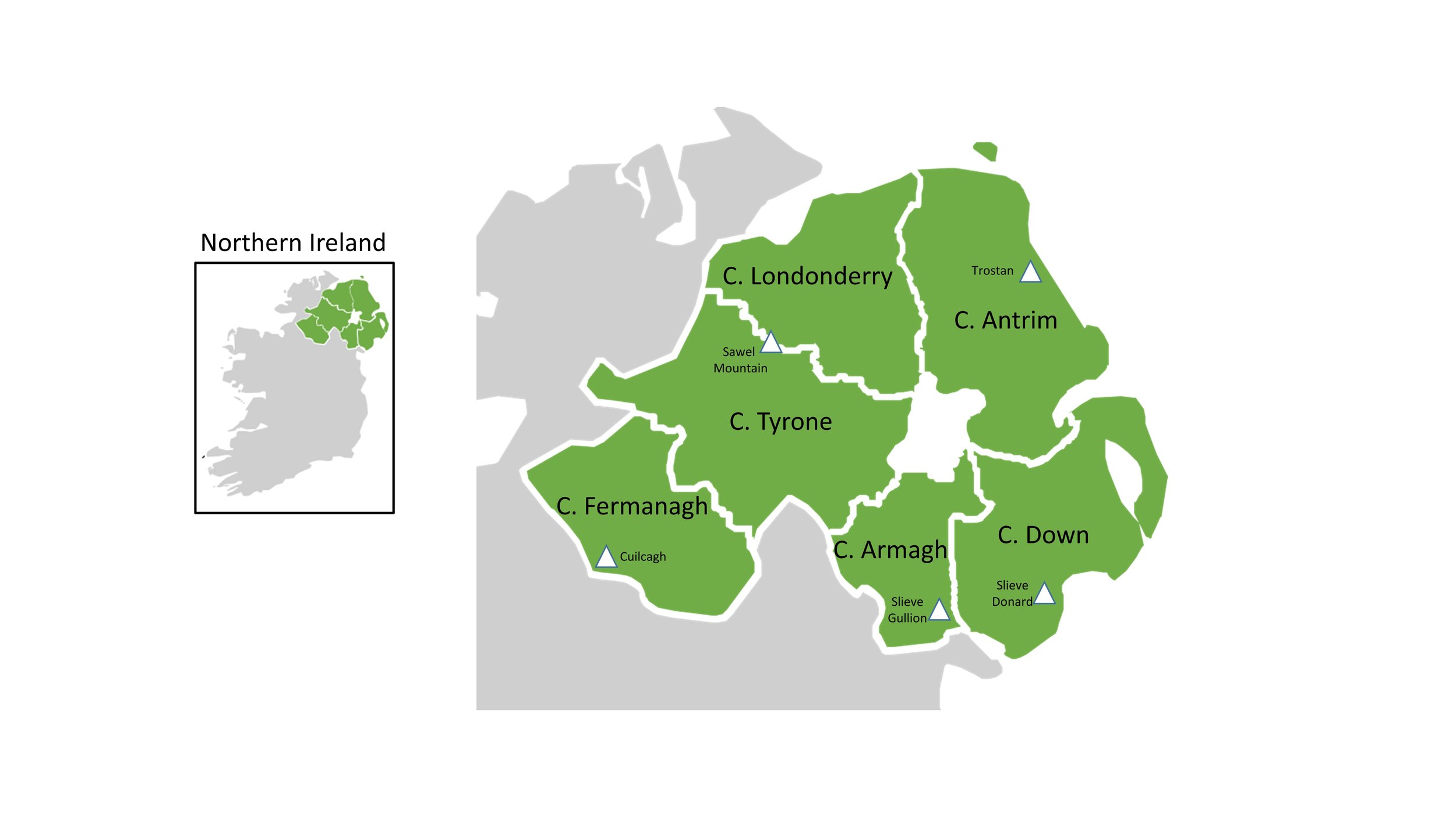The Welsh County Tops
Compared to England, the Welsh Counties have had few changes over the years. There’s 3 main groupings of Welsh County:
Historic Counties. Also referred to as Traditional or Ancient Counties.
Principal Areas. Also referred to as Present-Day Counties. Established by the Local Government (Wales) Act 1994.
Preserved Counties. Established by the Local Government Act 1972 and used for local government and other purposes between 1974 and 1996.
This post shows the highest point in each of Wales’ counties based on the above groupings. As the Venn diagram shows there is a lot of overlap between the different types of county.
Contact me if you spot a mistake on this page or you have new information and I will make a donation to one of my causes.
Wales’ Historic County Tops
The 13 Historic Counties of Wales were used for administrative purposes for centuries with different times of origin. They were replaced by the Principal Areas which were established by the Local Government (Wales) Act 1994. More details on the Historic Counties of Wales
Snowdon. 1,085 metres. Completed. Historic County = Caernarvonshire. Present Day County = Gwynedd.
Aran Fawddwy. 905 metres. Completed. Historic County = Merionethshire.
Pen y Fan. 886 metres. Completed. Historic County = Brecknockshire. Present Day County = Powys.
Cadair Berwyn. 830 metres. Completed. Historic County = Denbighshire. Present Day County = Denbighshire.
Moel Sych. 827 metres. Completed. Historic County = Montgomeryshire.
Fan Foel. 781 metres. Completed. Historic County = Carmarthenshire. Present Day County = Carmarthenshire.
Plynlimon. 752 metres. Completed. Historic County = Cardiganshire. Present Day County = Ceredigion.
Chwarel y Fan. 679 metres. Completed. Historic County = Monmouthshire. Present Day County = Monmouthshire
Great Rhos. 660 metres. Completed. Historic County = Radnorshire.
Craig y Llyn. 600 metres. Completed. Historic County = Glamorganshire. Present Day County = Neath Port Talbot.
Moel Famau. 555 metres. Completed. Historic County = Flintshire. Present Day County = Flintshire.
Foel Cwmcerwyn. 536 metres. Completed. Historic County = Pembrokeshire. Present Day County = Pembrokeshire.
Holyhead Mountain. 220 metres. Completed. Historic County = Anglesey. Present Day County = Isle of Anglesey.
Wales’ Present Day County Tops
These 22 Principal Areas, also referred to as the Present Day Counties, were established by the Local Government (Wales) Act 1994. Ten of these areas share a County Top with a Historic County that it replaced. These are shown in the list above. The list below shows the 12 high points of Present Day Counties that are distinct from the Historic County Tops. More details on the Present Day Counties of Wales
Carnedd Llewelyn. 1,064 metres, Conwy
Craig Berwyn. 790 metres, Wrexham
Craig y Lynn Boundary. 590 metres, Rhondda Cynon Taff. Completed
Coity Mountain. 581 metres, Blaenau Gwent
Coity Mountain East Slope. 578 metres, Torfaen
Pen March 535 metres. Caerphilly
Merthyr Common. 530 metres, Merthyr Tydfill
Mynydd y Betwys. 373 metres, Swansea
Wentwood. 309 metres, Newport
Garth Hill. 307 metres, Cardiff
Tair Onnen. 137 metres, Vale of Glamorgan
Wales’ Preserved Counties
There are 8 preserved counties of wales, each fully containing between 1 and 5 of the Principal Areas (“Present Day Counties”). There are no high points that are unique to the Preserved Counties as all are County Tops of Principal Areas and some are also Historic County Tops. More details on the Preserved Counties of Wales
The high points of the Preserved Counties are:
Clwyd: Moel Famau
Dyfed: Plynlimon
Gwent: Coity Mountain
Gwynedd: Snowdon
Mid Glamorgan: Craig Y Lynn Boundary
Powys: Pen y Fan
South Glamorgan: Craig y Llyn
West Glamorgan: Myndydd y Betwys






